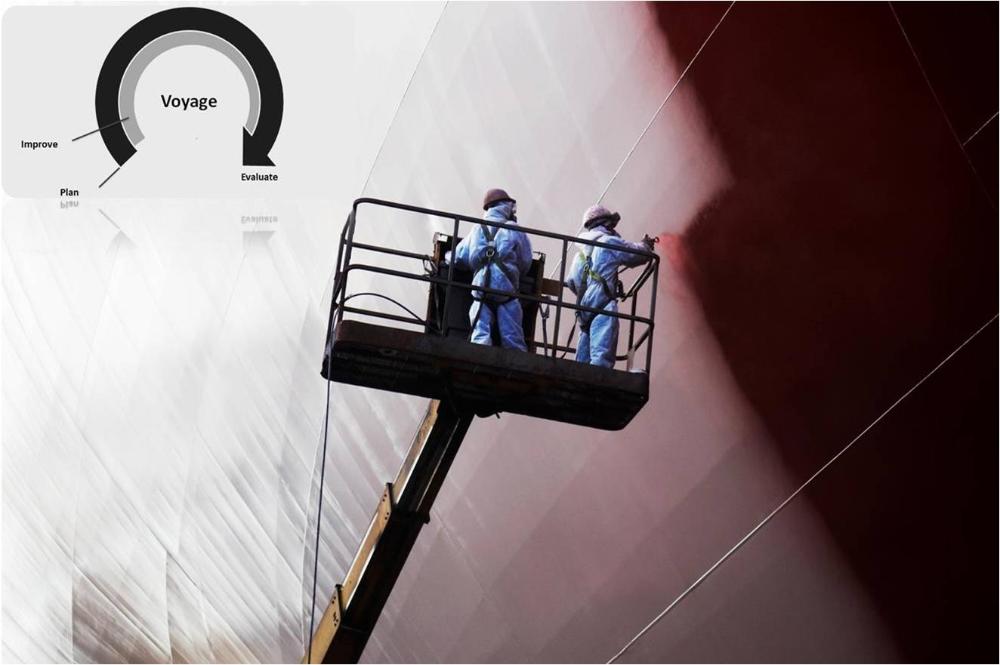European researchers have pioneered an ecologically friendly and sustainable antifouling paint solution that is based neither on biocide emission nor low adhesion.
The EU-funded Low Emission Antifouling (LEAF) project has developed an environmentally- friendly and fully sustainable prototype paint to minimise the damage to cruising ships and static constructions from marine biofouling.
The presence of micro and macroscopic fouling organisms, such as barnacles, on a ship's hull can become a major challenge for seafarers. As they multiply, they build up calcium deposits under a boat's paint, which in turn interferes with smooth fluid flow and can decrease fuel efficiency by up to 40 %, as well as result in higher carbon emissions. This is a major problem in particular for larger vessels and marine constructions.
Traditionally, a biocide-based poison, such as copper oxide, has been applied to hull paint to kill any fouling organisms attached, with 90 % of the world's marine fleet being coated in such a copper-based antifouling system.
However, coating a ship's hull in such a substance significantly increases the risk of toxins being released into the surrounding water, killing other marine life. Additionally, low adhesion coatings suffer from drawbacks of low durability and associated high material and maintenance costs.
In order to significantly reduce ecological damage and provide a solution that is both sustainable and cost-efficient, the innovative approach taken by the LEAF project does not rely on the exposure and release of biocides into the water.
Instead, the prototype paint's antifouling effect is based on the direct contact of a fouling organism with biocide that resides within the coating itself. This will also have the additional benefit of providing longer service life and fewer maintenance costs.
Promising tests held across European waters
After less than three years of development and testing in both the lab and in the field, the LEAF project has recorded successful results over the sustainability and durability of the prototype paint. Highly promising tests have been conducted in Scandinavian, Mediterranean and Caribbean waters.
During a test that took place in Grado's Lagoon, Italy, the hull of a boat that had been launched two and a half months earlier was fully colonised by tubeworms, indicating a high fouling pressure. Additionally, the white paint on the engine anchoring structures was suffering from significant marine biofouling.
Following the application of the prototype LEAF paint, in the same warm waters of the lagoon, the result three weeks later showed that the boat had a high level of antifouling efficacy. The boat owner also confirmed that the LEAF paint performed substantially better than the commercial products that had been used in previous seasons.
Additionally, human exposure and aquatic risk assessments performed within the project have shown that the LEAF paint is likely to comply with the most stringent global regulation systems, such as the European Biocidal Products Regulation (BPR).
The LEAF team is now currently working with external partners on the next steps required to fully commercialise the new technology and successfully bring it to market for all interested end-users.
